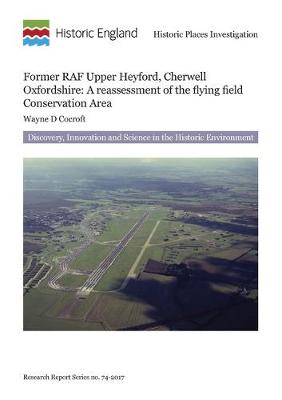RAF Upper Heyford was founded during the First World War and after a short period of abandonment was re-established during the 1920s under Trenchard's scheme to provide permanent bases for the RAF. It was the exemplary airfield and the only one completed to the original design standards. During the Second World War the most significant change to the appearance of the airfield was the laying of concrete runways in a characteristic 'A' plan configuration. In the late 1940s the airfield was identified as one of a number that might accommodate United States bombers with the capability of attacking Eastern Europe with atomic weapons. To fulfil this role the airfield was extensively reconstructed, with a longer runway, more extensive aircraft parking areas, new bombs stores, specialist maintenance hangars, and an increase in domestic accommodation. During the 1960s its aircraft fulfilled a reconnaissance function regaining its nuclear deterrent role 1970. During the 1970s the airfield was again transformed through NATO's airfield survival measures programme leading to the construction of numerous hardened structures. With the end of the Cold War the USAF departed in 1993. Today, its flying field is an increasingly rare example of an unaltered Cold War fast jet airbase.
- ISBN10 1848025106
- ISBN13 9781848025103
- Publish Date 1 November 2017
- Publish Status Out of Print
- Out of Print 23 January 2022
- Publish Country GB
- Imprint Historic England
- Format Paperback
- Pages 48
- Language English
